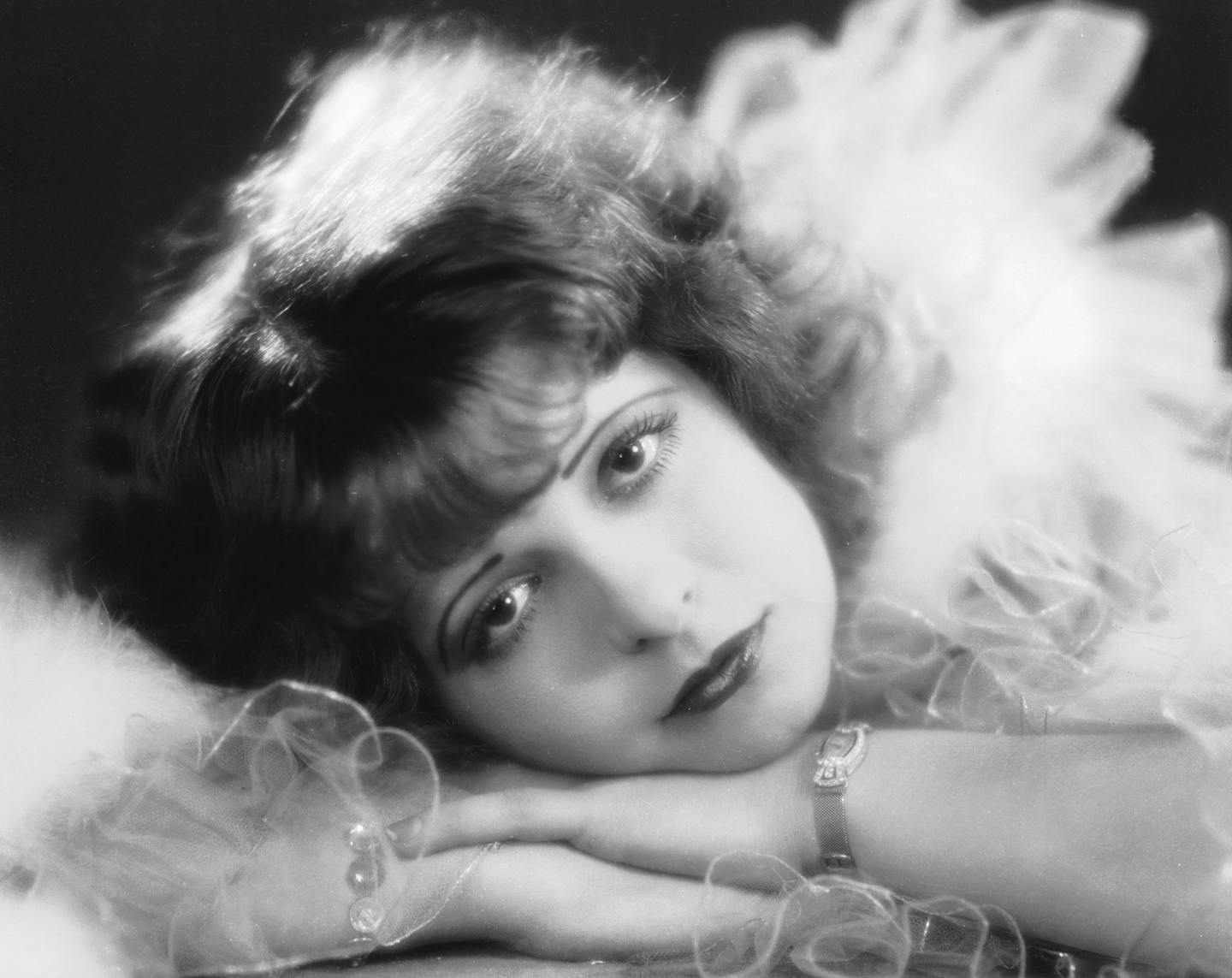
One track on Taylor Swift’s new album, “The Tortured Poets Department,” honors a long-celebrated, oft-miscast heroine of American feminism: actress Clara Bow.
As historians of the 1920s, we’ve studied Bow’s fame and her cultural legacy. At her ranch in rural Nevada, we oversee a collection of her personal artifacts, including her clothing and a makeup case.
Bow was a woman way ahead of her time, a star who owned her success and her sexuality. There’s the popular perception that Bow was a victim of her own demons. But her story is anything but a cautionary tale.
It is a victory march.
Bow’s career got its start in her native New York, where in 1921, at the age of 16, she won a beauty contest and got a bit part in a film as her prize.
Bow took every opportunity to be on set and learn the craft. She showed up early, stayed late and studied how to work with the cameras and lights. In a nascent film industry, Bow’s professionalism and graciousness defined her success.
After she moved to Hollywood in 1923, Bow’s ability to steal a scene earned her a series of roles as a peppy sidekick in films such as “Dancing Mothers” (1926). The actress’s star turn happened in 1927’s “It,” in which she starred as a department store clerk who tries to woo her boss.
Variety went on to dub Bow, who had become known for her trademark pout, flirty eyes and fiery red hair, Hollywood’s “hottest jazz baby.”
Off the screen, a string of high-profile romances made her personal life fodder for the gossip pages.
In 1926, Photoplay told readers that Clara “plays the reckless younger generation – on and off the screen,” noting that she kissed her boyfriend “so hard that his jaw was ‘sore for two days.’”
Bow’s relationship with the press ran hot and cold. But the stories were unremitting. They ranged from studio-sponsored puff pieces in big trade publications to thinly sourced stories about orgies and abortions, published by small-time papers battling it out in Los Angeles’ cutthroat media environment.
According to the press, Bow was plagued by “nervous breakdowns,” unlucky at love, and too brash for her own good. Her legions of fans loved her anyway.
By 1929, she was receiving 45,000 fan letters a month. That same year, sales of the reddish dye henna tripled as fans tried to mimic her look. On set, she played cards, told rude jokes and doled out generous gifts, including an emerald-encrusted watch that she bestowed on one of her hairdressers.
A century before Swift’s “Eras Tour,” Bow’s brand of American femininity – cocksure, adventurous, sexy – had real reach.
In his 1981 memoir, producer Budd Schulberg wrote, “Millions of followers wore their hair like Clara’s and pouted like Clara, and danced and smoked and laughed and necked like Clara.”
As powerful as Bow was in the late 1920s, she was largely powerless to direct her own career.
Time and again, she signed lowball deals from male studio heads who demanded a nonstop production schedule.
At the beginning of her career, her bosses at Preferred Pictures loaned her to other studios and pocketed her pay. They imposed rules and codes of conduct in her contracts to hem in her behavior.
The demands of work were relentless. Exhausted, Bow told Motion Picture magazine in 1930, “People don’t know the studios are factories, that you get up at seven and work hard all day under uncomfortable conditions. People don’t know it because the studios don’t want them to know it.”
Her family mooched. Maids stole. A friend-turned-personal assistant embezzled money and then sold her secrets to the press, sparking a scandal and trial. She had a gambling problem and mental health issues that reporters greedily chronicled. Bow ended up making 58 films in just over a decade. The studios owned her.
Then she pulled the ultimate power move.
She quit.
In the early 1930s, Bow left Hollywood and moved to the Walking Box Ranch in rural Nevada, a 400,000-acre property owned by her husband, cowboy film star Rex Bell. The press was unaware of her whereabouts. Some colleagues wondered if her Brooklyn accent had done her in with the arrival of talkies, or if she had experienced another breakdown.
In reality, she had fallen in love.
She said of Rex, “He’s given me the only unselfish devotion I have ever had.”
Together, they raised two sons. He stayed in Nevada and moved on to a career in politics. Although they never divorced, Bow eventually returned to California, where she spent her later years living quietly in Santa Monica with her black poodle, Angel. She read voraciously, a habit fueled by her lifelong insomnia. She loved to decorate for Christmas.
It turns out, Bow was not a victim of her time. She wasn’t pushed out of film because talkies exposed her Brooklyn accent. Nor was she shunned by Hollywood society for the ever more scandalous stories that emerged.
She simply left and, for the most part, didn’t look back. As to her reputation as a recluse, her eldest son, Rex Bell Jr., said, “She wasn’t near as reclusive as people thought.” She hid behind scarves and glasses, “hoping people wouldn’t recognize her,” but when they did, “they’d walk up and say, ‘You’re Clara Bow, aren’t you?’” Of his mother’s fame, he remembered, “She was always nice to people. She really was.”

Her legacy as a figurehead of American feminism is accurate, if incomplete.
Bow came to the fore of American culture at a time when Hollywood’s nascent studio system developed the formula for selling sex. In the late 1920s, the press realized celebrity gossip sold papers, and the personal lives of actors and actresses were fair game. Realizing that any attention is good attention, studio executives embraced the media’s sensational coverage of Bow’s implied abortions or mental health issues.
Taylor Swift and Clara Bow have much in common: a meteoric rise to fame built on talent and hard work; a series of closely watched love affairs; and legal drama with managers, former friends and the press. Both women redefined expectations of what an American woman could – and should – be.
In 2019, in the midst of a dispute with her former label, Big Machine Records, Swift decided to rerecord her prior records and rebrand them as “Taylor’s Version” in order to regain ownership of her music.
There was no “Taylor’s Version” for Bow. But her choice to leave Hollywood ended up being a middle finger to the men whom she had made rich and powerful.
Now, Swift is bringing Bow back into the spotlight for an encore – and for a new generation of fans to appreciate.
This article is republished from The Conversation, a nonprofit, independent news organization bringing you facts and trustworthy analysis to help you make sense of our complex world. It was written by: Deirdre Clemente, University of Nevada, Las Vegas and Annie Delgado, University of Nevada, Las Vegas
Read more:
The authors do not work for, consult, own shares in or receive funding from any company or organization that would benefit from this article, and have disclosed no relevant affiliations beyond their academic appointment.